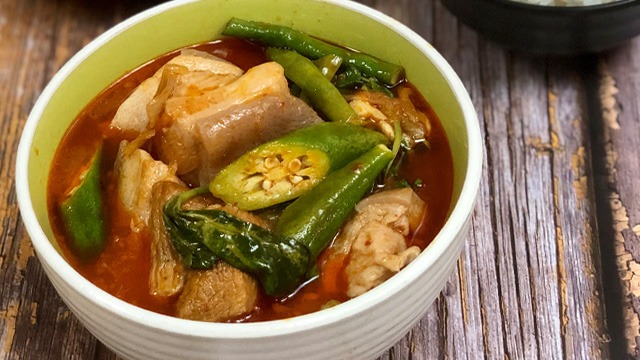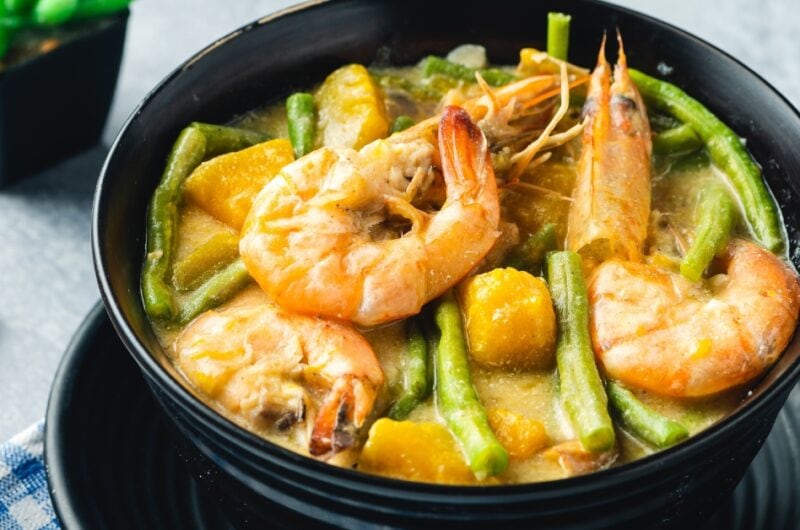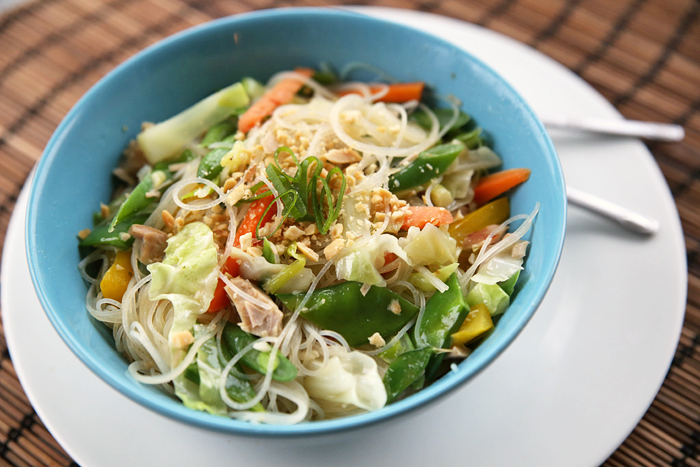Discover Timeless Filipino Food Recipes from the Philippines.
Discover Timeless Filipino Food Recipes from the Philippines.
Blog Article
Authentic Filipino Food Recipes to Try in your home
Checking out authentic Filipino food recipes provides a possibility to value the detailed flavors and social significance behind each meal. From the well-loved Adobo, with its mouthwatering sauce, to the tangy Sinigang that embodies the significance of Filipino convenience, these dishes welcome a much deeper understanding of standard cooking techniques. Utilizing fresh, regional components is necessary, as is welcoming common dining-- a hallmark of Filipino society. As we take into consideration the vital elements and techniques that define these culinary prizes, one might question what specific dishes can truly catch the heart of this vivid food.
Popular Filipino Dishes
Filipino food boasts a rich tapestry of flavors and practices, with over a lots legendary dishes that highlight the nation's varied cultural impacts. Among the most popular recipes is Adobo, a mouthwatering stew normally made with chicken or pork, marinaded in vinegar, soy sauce, garlic, and seasonings. Its appetizing taste account makes it a staple in Filipino households.
One more beloved recipe is Sinigang, a sour soup usually made with tamarind, tomatoes, and numerous veggies. This meal can feature pork, shrimp, or fish, and its refreshing taste is best for warm environments. For those with a wonderful tooth, Leche Flan-- a luscious caramel custard-- works as a popular treat, showcasing the Filipino penchant for abundant, wonderful tastes.
Kare-Kare, a passionate oxtail stew with a thick peanut sauce, together with the legendary lumpia, or springtime rolls, additionally exemplify the variety located in Filipino cuisine. Each recipe not just uses distinct preferences yet likewise narrates of local active ingredients and historical impacts, making Filipino food a vibrant reflection of its culture and heritage.
Important Active Ingredients for Filipino Cooking
The significance of Filipino food preparation hinges on its vital ingredients, which serve as the foundation for the country's cherished dishes. A range of tastes and structures come with each other, showcasing the diverse cultural influences that form Filipino cuisine.
Secret ingredients include rice, the staple that accompanies almost every meal, symbolizing nutrition and neighborhood. Soy sauce, vinegar, and fish sauce (patis) are crucial for spices, imparting umami and depth to meals. Fresh herbs like cilantro and basil add fragrant quality, while garlic, onion, and ginger give a robust taste base.
Healthy protein sources such as pork, poultry, and seafood are central to many dishes, typically marinaded to enhance taste. Vegetables like eggplant, bitter melon, and eco-friendly beans contribute essential nutrients and equilibrium - Filipino food recipes. Coconut milk is another considerable component, offering creaminess and a refined sweetness to numerous stews and treats
Finally, calamansi, a citrus fruit, supplies a refreshing flavor that raises dishes and beverages alike. Together, these active ingredients produce the vibrant and rich tapestry of tastes that define Filipino food, making it both calming and unique. Understanding these basics is important for any individual looking to replicate genuine Filipino recipes in your home.
Step-by-Step Recipe Overview

Beginning by preparing your active ingredients. For Adobo, chop the meat into consistent items and marinade it in soy sauce, vinegar, garlic, and bay leaves for at the very least 30 mins. Next off, heat oil in a frying pan and sauté the garlic and onions till fragrant, after that include the marinated meat, allowing it to brownish equally.
For Sinigang, begin by boiling water in a pot and adding your option of meat. When tender, integrate tamarind paste or fresh tamarind for that signature sour taste. Follow with vegetables like radish and kangkong, food preparation until just tender.

Tips for Authentic Taste
Often, achieving genuine taste in Filipino recipes hinges on the mindful selection and treatment of ingredients. Beginning with fresh, high-quality produce, as the vibrancy of veggies and herbs significantly boosts the dish's general preference. Staples like garlic, onions, and ginger create the fragrant structure for numerous recipes; using them in appropriate proportions is critical.
Selecting the ideal protein is just as important. Standard adobo usually utilizes chicken or pork, marinated to absorb the sauce's complete flavor. Furthermore, think about sourcing in your area generated or regional components, as they can offer credibility that store-bought alternatives lack.
Food preparation techniques likewise play a vital function. Slow-cooking techniques, such as braising or stewing, allow tastes to blend beautifully, while frying can include an enjoyable appearance. Don't neglect seasoning; using salt, fish sauce, or soy sauce at the ideal minutes can raise a dish considerably.
Offering and Taking Pleasure In Filipino Food
Culinary experiences are improved when Filipino food is served with focus to advice practice and community. The method of sharing meals is central to Filipino culture, signifying unity and hospitality. When offering Filipino meals, take into consideration utilizing standard serveware, such as clay pots or bamboo this article baskets, which improve the authenticity of the experience.
Typically, Filipino meals are appreciated family-style, with a variety of dishes placed at the facility of the table. This communal strategy motivates communication and permits visitors to sample various tastes. A well-curated spread may include staples like adobo, sinigang, and lumpia, matched by rice, which is an essential component of every dish.
Coming with the food with typical spices, such as soy sauce, vinegar, or chili paste, can raise the dining experience, welcoming diners to tailor their plates to their preferences. Additionally, including local drinks, like calamansi juice or tuba, can enhance the general flavor account.
Final Thought

Report this page